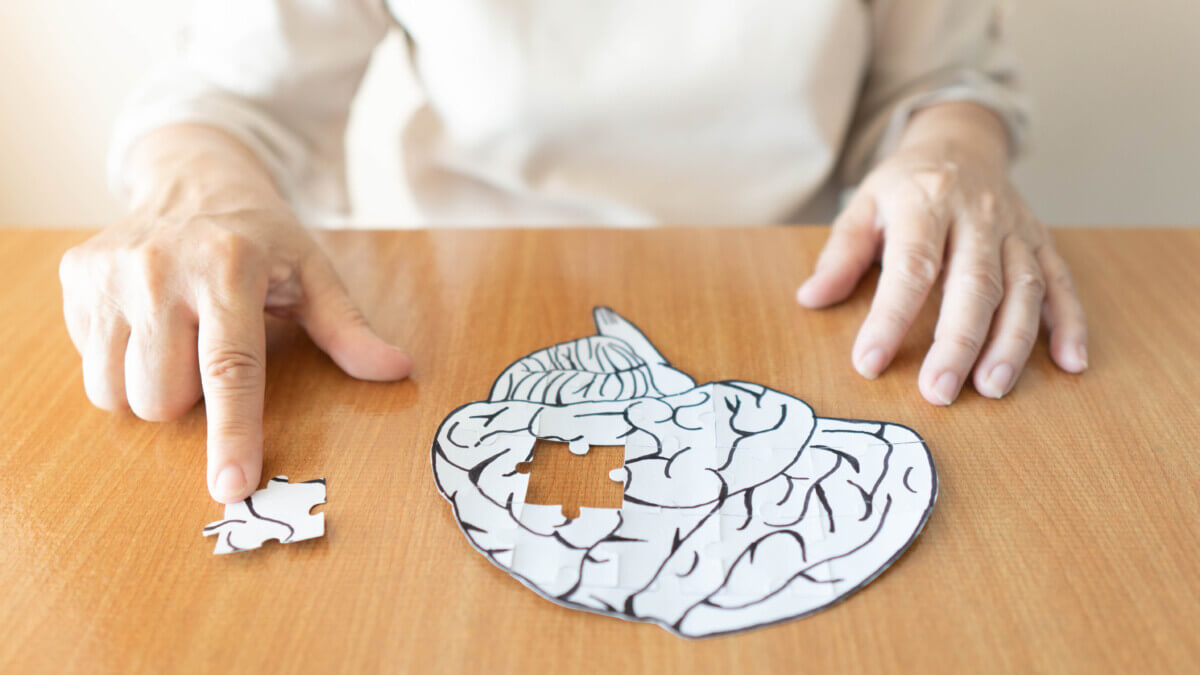
More than 6 million Americans are living with Alzheimer's. By 2050, this number is projected to rise to nearly 13 million. (© Orawan - stock.adobe.com)
ROCKVILLE, Md. — Nanoparticles have the power to reach areas of the body normal medications simply can't. Now, a recent study finds they may hold the key to clearing up blockages in the brain which trigger Alzheimer's disease.
Alzheimer’s is a progressive type of dementia that eventually destroys a person’s memory and other critical mental functions. It affects over six million Americans, destroying their quality of life and placing significant mental, emotional, and financial burden on their caretakers. Disruptions in memory and other functions are the result of a buildup of amyloid beta plaques in the brain. Amyloid beta plaque are tangles of a protein called amyloid beta. They disrupt the connections between neurons and severely impact healthy brain function.
It has been difficult to study amyloid beta plaques to find treatments that can prevent or dissolve them. Current methods for removing them from the brain damage them. However, researchers from the University of California-San Diego discovered that nanoparticles may be able to collect undamaged plaques from Alzheimer’s brains.
Nanomedicine cleans out tangled brains
Scientists have been studying nanoparticles as disease therapeutics for several years. For example, nanoparticles can be engineered to deliver chemotherapy drugs directly to tumor cells. Doctors also use these tiny particles to treat vascular diseases. Graduate student Vrinda Sant and her colleague Madhura Som wondered whether nanoparticles could be used to deliver drugs to amyloid beta plaques in the brain.
Sant and Som began researching nanobowls — bowl-shaped nanoparticles. In any good scientific experiment, researchers use a “control” or non-treatment group. This allows them to know for sure that any effects they see are due to the drug or treatment. In this study, Sant and Som saw something surprising. Their control nanobowls — those without any medicinal coating at all — collected amyloid beta plaques. By extracting the nanobowls and the plaques stuck to them, scientists could remove undamaged plaques directly from the brain.
A step closer to an Alzheimer’s cure?
The team says their findings are significant, because it allows scientists to easily collect and study undamaged amyloid plaques to find ways to fight them. Eliminating them from the brain can restore missing connections between neurons and alleviate dementia symptoms. Sant and Som say that their nanobowls can help scientists characterize the multiple different forms of amyloid beta and figure out why not all amyloid beta forms plaques.
Study authors add amyloid beta isn’t unique to Alzheimer’s. It also has a role in other neurodegenerative diseases as well as cancer and even heart disease. So, their nanobowls could be important tools in the research toolbox for a wide range of diseases.
The team presented their findings at the Annual Meeting of the Biophysical Society.










